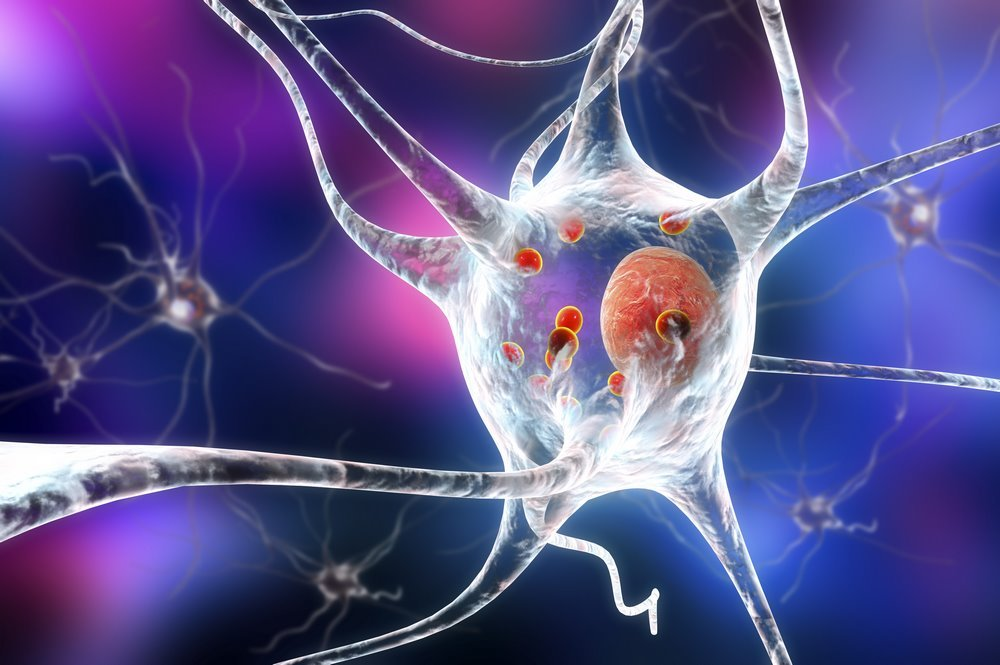Pathophysiology of Parkinson’s Disease

The physical symptoms of Parkinson’s and their physiological association are the result of the possible loss of several neurotransmitters within the brain. Dopamine is the most noticeable loss. The symptoms get worse as nerve cells are lost. Parkinson’s is a neurodegenerative disorder that has a specific pattern of progression. Solid evidence supports that Parkinson’s first affects the dorsal nuclei on the vagus, olfactory bulb, locus coeruleus, and finally the substantia nigra. In the advanced stages, the cortical regions of the brain are affected. The pathophysiological changes caused by Parkinson’s are due to damage occurring in several neuronal system.
